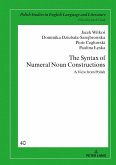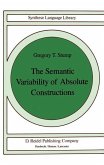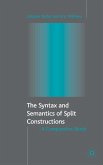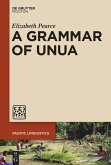Construction grammar (CxG) is a framework for syntactic analysis that takes constructions - pairings of form and meaning that range from the highly idiomatic to the very general - to be the building blocks of sentence meaning. Offering the first comprehensive introduction to CxG to focus on both English words and the constructions that combine them, this textbook shows students not only what the analyses of particular structures are, but also how and why those analyses are constructed, with each chapter taking the student step-by-step through the reasoning processes that yield the best description of a data set. It offers a wealth of illustrative examples and exercises, largely based on real language data, making it ideal for both self-study and classroom use. Written in an accessible and engaging way, this textbook will open up this increasingly popular linguistic framework to anyone interested in the grammatical patterns of English.
'Adopting the traditional perspective that constructions are at the heart of the grammar of English and other languages, Kim and Michaelis provide a detailed introduction to English syntax within the Sign-Based Construction Grammar framework (SBCG). They consider all the main syntactic phenomena of English, and in each area consider both what is assumed and why it is assumed. The book is a valuable addition to textbooks on English syntax. Anyone who learns about syntax from it will end up with considerable knowledge both of English syntax and of the SBCG framework.' Bob Borsley, Emeritus Professor, Department of Language and Linguistics, University of Essex








